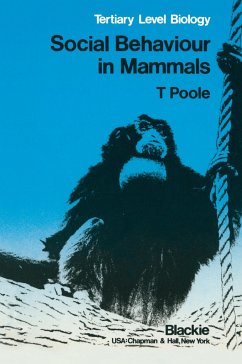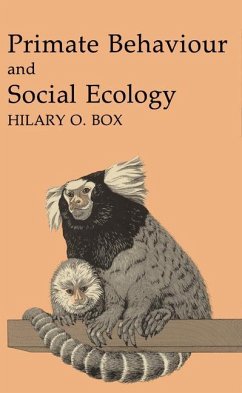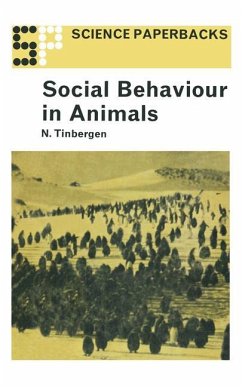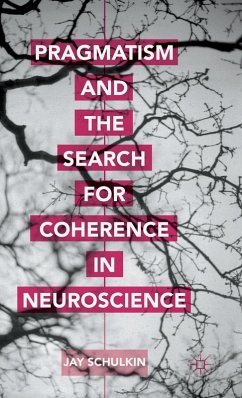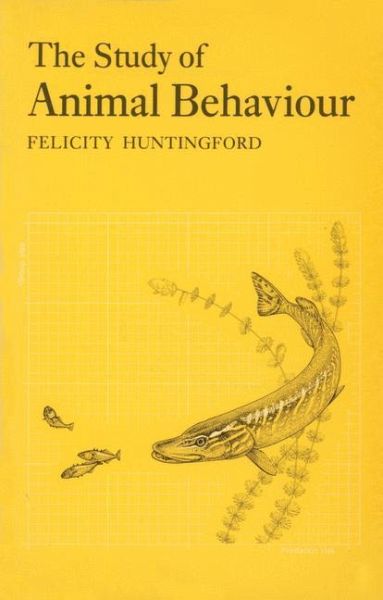
The Study of Animal Behaviour

PAYBACK Punkte
20 °P sammeln!
The aim of this book is to identify the main areas of active discussion about, and research into, the biology of animal behaviour, to describe and assess ways in which these can be studied and using selected examples, to illus trate the kinds of results which are emerging. It is not intended to provide an exhaustive review of all we know about animal behaviour, although the examples have been chosen to cover as many as possible of the things that animals do. XlV Preface Acknowledgements I would like to thank C. Swann, M.L.N. Murthy and the Superbrain for typing the manuscript; Linda Partridge,...
The aim of this book is to identify the main areas of active discussion about, and research into, the biology of animal behaviour, to describe and assess ways in which these can be studied and using selected examples, to illus trate the kinds of results which are emerging. It is not intended to provide an exhaustive review of all we know about animal behaviour, although the examples have been chosen to cover as many as possible of the things that animals do. XlV Preface Acknowledgements I would like to thank C. Swann, M.L.N. Murthy and the Superbrain for typing the manuscript; Linda Partridge, Pat Monaghan, Douglas Fraser and Richard Wilson for constructive criticism of earlier drafts; Alan Crowden for help in planning and producing the book and, particularly, Tim Huntingford for help and encouragement at all stages of its pro duction. Acknowledgements are gratefully made to Jim Tulley fot producing plates 1, 2, 3, 7 and 12 and to Michael Hansell for the remainder.





